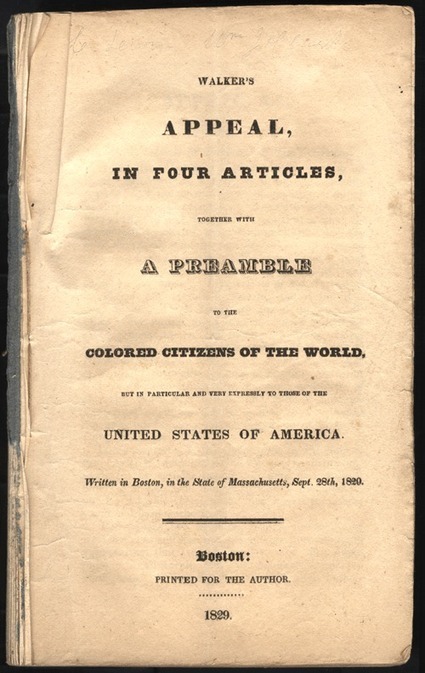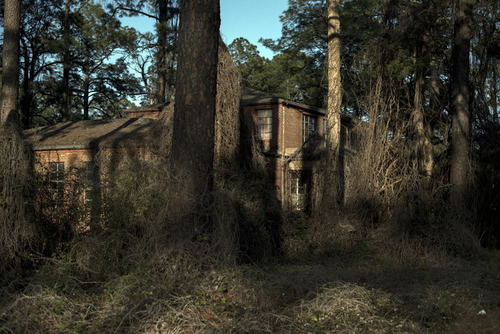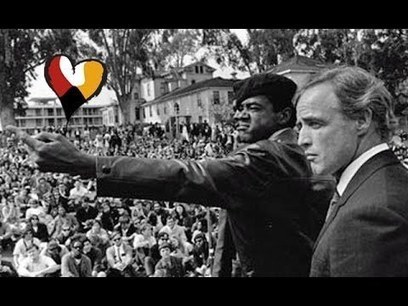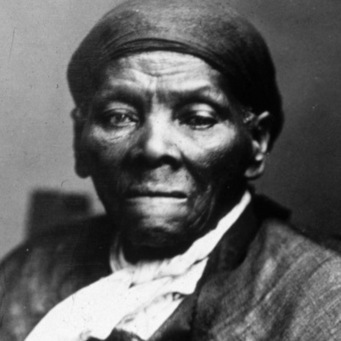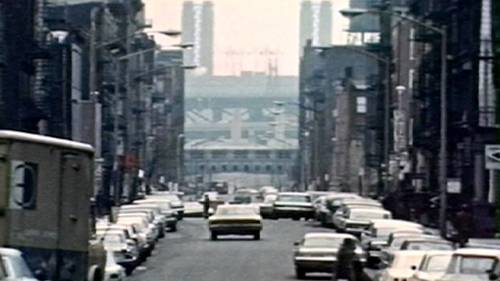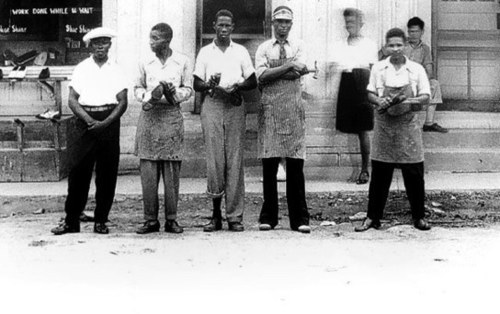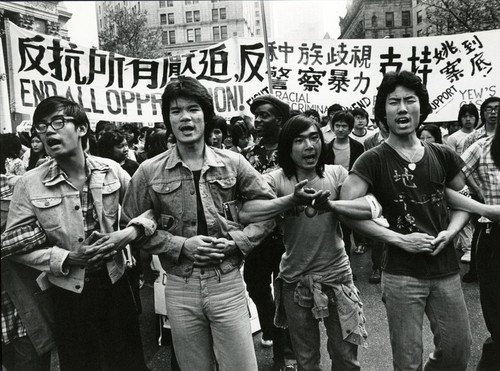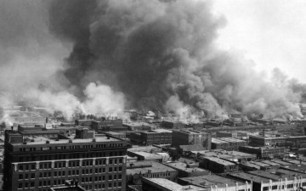
“Greenwood, Oklahoma, a suburb of Tulsa, was the type of community that African Americans are still, today, attempting to reclaim and rebuild. It was modern, majestic, sophisticated and unapologetically…”
Linda Christenson writes the following:
“The term “race riot” does not adequately describe the events of May 31—June 1, 1921 in Greenwood… In fact, the term itself implies that both blacks and whites might be equally to blame for the lawlessness and violence. The historical record documents a sustained and murderous assault on black lives and property. This assault was met by a brave but unsuccessful armed defense of their community by some black World War I veterans and others.
During the night and day of the riot, deputized whites killed more than 300 African Americans. They looted and burned to the ground 40 square blocks of 1,265 African American homes, including hospitals, schools, and churches, and destroyed 150 businesses. White deputies and members of the National Guard arrested and detained 6,000 black Tulsans who were released only upon being vouched for by a white employer or other white citizen. Nine thousand African Americans were left homeless and lived in tents well into the winter of 1921.
Read more at EBONY http://www.ebony.com/black-history/the-destruction-of-black-wall-street-405#ixzz2ttGF3GVa
Follow us: @EbonyMag on Twitter | EbonyMag on Facebook
See on www.ebony.com


